In the global retail landscape, a quiet revolution is unfolding within the demographic of middle-aged women. Long marginalized by fashion industries that either ignored them or stereotyped them into frumpy, age-inappropriate clothing, these consumers are now forcefully rejecting the outdated notion of "dà mā zhuāng" or "auntie outfits." This term, often laden with condescension, refers to the loose, shapeless, and often overly floral garments that have traditionally been marketed to women over forty. But as this cohort gains economic power, cultural confidence, and digital savviness, their collective spending power is dismantling decades of poor design and condescending marketing, creating one of the most potent and underserved markets in the world today.
The economic data supporting this shift is staggering. Women between the ages of 40 and 60 control a vast portion of household discretionary spending globally. In China alone, this demographic is projected to represent a market worth trillions of yuan, with a significant portion allocated to apparel, beauty, and wellness. Similar trends are visible in North America, Europe, and other parts of Asia. This isn't just about having money; it's about a fundamental change in attitude. These women are financially independent, often at the peak of their careers or enjoying the fruits of their labor. They are no longer willing to spend their money on clothing that makes them feel invisible or, worse, apologetic for their age.
The rejection of "dà mā zhuāng" is, at its core, a rejection of the cultural narrative that equates aging with fading relevance and a loss of style. The modern middle-aged woman is active, engaged, and deeply connected. She is a professional, a traveler, a fitness enthusiast, and a style icon in her own right. The baggy trousers, oversized blouses, and garish prints of yesteryear do not fit her lifestyle or her self-image. She seeks clothing that is sophisticated, elegant, and contemporary—pieces that offer a perfect blend of comfort, quality, and timeless style. She wants fashion that acknowledges her life experience without confining her to a dated aesthetic.
Social media has been the primary catalyst for this awakening. Platforms like Instagram, Xiaohongshu (Little Red Book), and Facebook are filled with vibrant communities of middle-aged influencers and style bloggers who proudly showcase their personal fashion. These women are not following trends; they are setting them. They demonstrate how to pair tailored blazers with jeans, how to accessorize a simple dress, and how to embrace bold colors and patterns in a way that feels modern and powerful. This digital sisterhood provides validation, inspiration, and practical advice, creating a powerful counter-narrative to the outdated offerings of traditional retailers.
The market's response has been a mixture of scramble and success. Legacy brands that once dominated the "mature women" section with uninspired designs are now facing irrelevance. Their failure to innovate and respect the intelligence of their customer is costing them dearly. In contrast, a new wave of brands, often founded by women within this demographic themselves, is surging ahead. These brands understand the nuances of the market. They focus on superior fabrics that flatter changing body types, offer inclusive and realistic sizing, and design with a modern sensibility that would be at home in any trendy boutique, not sequestered in a dimly lit department store corner.
Furthermore, the demand extends far beyond just clothing. This holistic approach to style encompasses footwear that combines support with sleek design, jewelry that makes a statement, and beauty products that enhance rather than mask. The entire ecosystem of personal adornment is being re-evaluated through the lens of this empowered consumer. She is investing in her well-being and her appearance as a unified expression of self-worth, and she expects every product she buys to meet that high standard.
The message from this economic powerhouse is clear: the era of the condescending "mum brand" is over. The term "dà mā zhuāng" itself is becoming an anachronism, a relic of a time when the fashion industry underestimated its most valuable customers. The women driving this change are not a niche market; they are the market. Their spending is a form of advocacy, a powerful vote for representation, respect, and recognition. They are not demanding to be made to look younger; they are demanding to be made to look and feel like their best, most authentic selves.
For businesses, the implications are profound. Success in this market requires more than just expanding size ranges or toning down patterns. It requires a deep cultural shift within design rooms and marketing departments. It demands collaboration with the very women they aim to serve, embracing their input not as a focus group afterthought but as integral to the creative process. Brands that can authentically connect with this audience, that can speak to her intelligence, her aspirations, and her refined taste, will not only capture a lion's share of her wallet but will also earn her fierce loyalty.
In conclusion, the consumer power of middle-aged women rejecting stereotypical "auntie fashion" is not merely a trend; it is a permanent and powerful realignment of the retail world. This demographic wields immense economic influence and possesses a finely tuned radar for authenticity and quality. They have shattered the old paradigm and are building a new one in its place—a world where style has no age limit and where clothing is a celebration of a life fully lived. The brands that listen, adapt, and innovate will thrive. Those that cling to outdated stereotypes will be left behind, their offerings relegated to the discount rack of history.
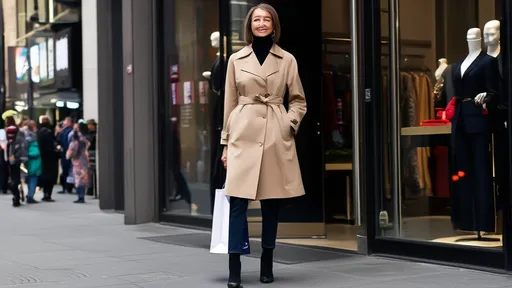
By /Aug 21, 2025
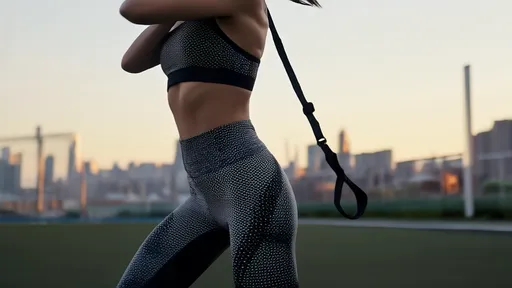
By /Aug 21, 2025

By /Aug 21, 2025
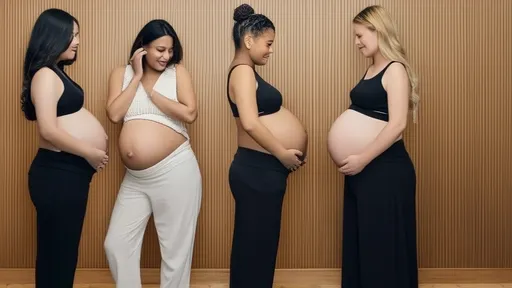
By /Aug 21, 2025

By /Aug 21, 2025

By /Aug 21, 2025
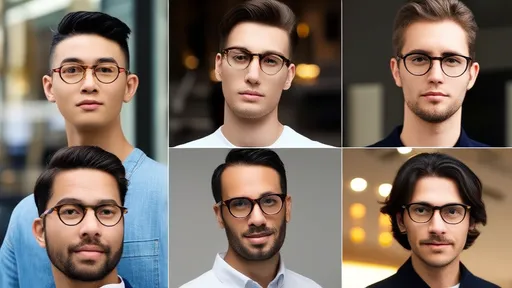
By /Aug 21, 2025
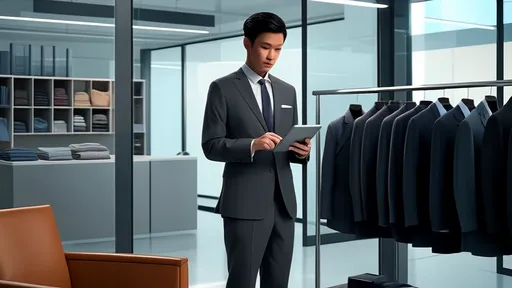
By /Aug 21, 2025
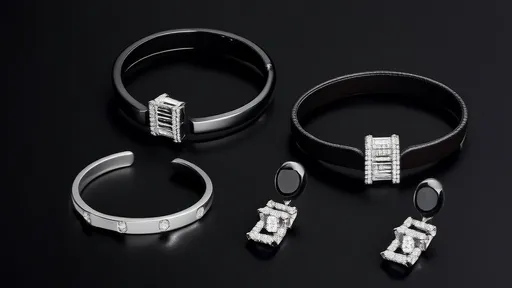
By /Aug 21, 2025

By /Aug 21, 2025
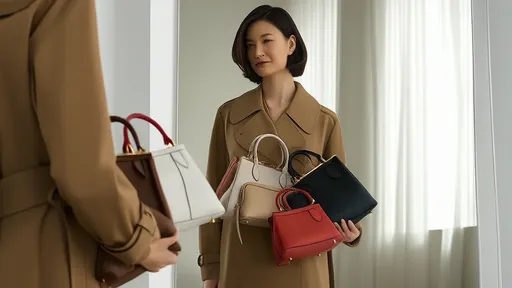
By /Aug 21, 2025
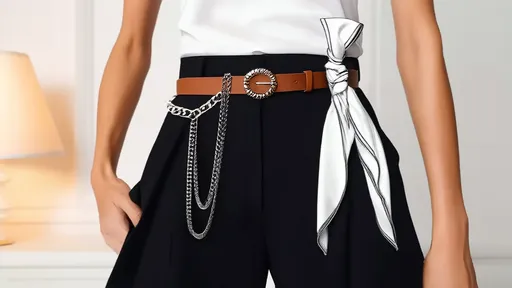
By /Aug 21, 2025
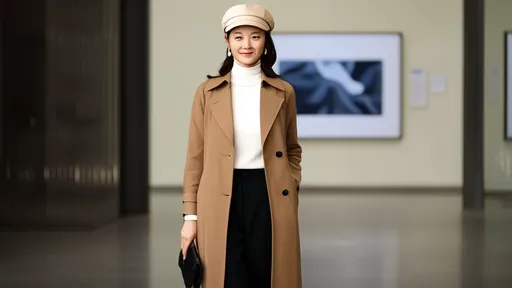
By /Aug 21, 2025
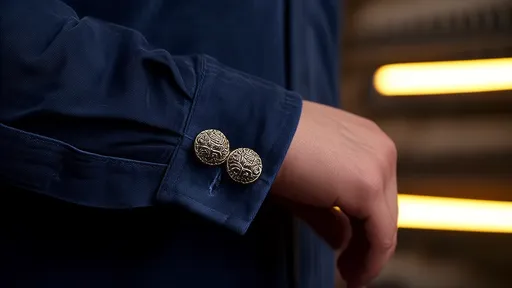
By /Aug 21, 2025

By /Aug 21, 2025
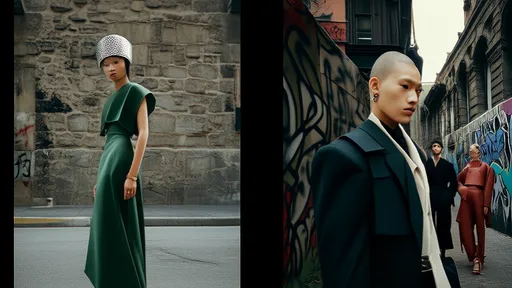
By /Aug 21, 2025

By /Aug 21, 2025
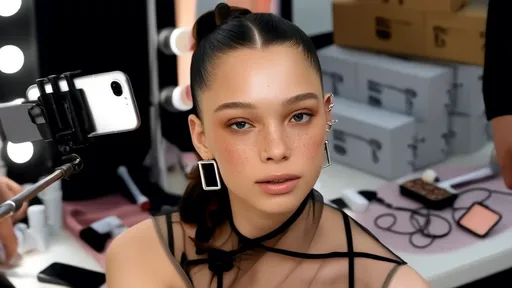
By /Aug 21, 2025

By /Aug 21, 2025
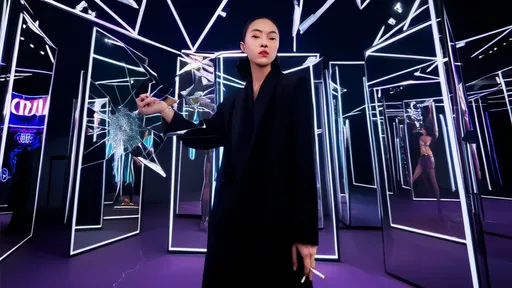
By /Aug 21, 2025